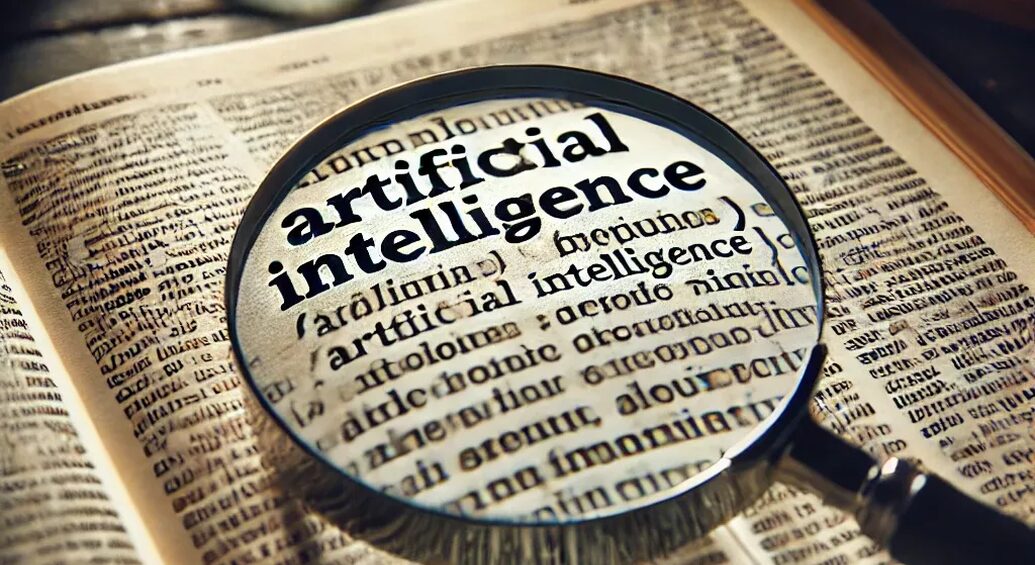Navigating AI in Healthcare: An Essential Glossary

With the rise of large language models and generative AI tools, such as ChatGPT, Artificial intelligence (AI) has hit the mainstream in recent years. It has become a particularly hot topic in the healthcare industry with the potential to unlock unprecedented opportunities for improved health outcomes, cost savings, and enhanced efficiency.
To fully capitalize on AI’s capabilities, understanding the related key terms and concepts is essential. Familiarity with these terms will empower you with the foundational knowledge needed to keep up with this rapidly evolving technology and its applications in healthcare. Check out the glossary below of the essential terminology that will help you navigate the world of AI in healthcare.
Artificial intelligence (AI)
Artificial intelligence is an application that can perform tasks that normally require human intelligence. A particular application may have the ability to think, learn, and solve problems. AI can constantly analyze patient or health plan member data, identify trends, suggest diagnoses, and even directly communicate with a consumer. Various forms of AI have been used in healthcare and outside of healthcare for many years.
Machine learning (ML)
Machine learning is a subset of AI. These applications recognize patterns in information using structured data (like a table with rows and columns) and unstructured data (like content) to make decisions to optimize variables and/or predict outcomes. ML can improve risk management by using neural net algorithms to analyze historical claims and engagement information, identify patterns, and predict potential adverse events with implications to healthcare costs and utilization.
Natural Language Processing (NLP)
Natural language processing is a subset of AI. These applications recognize language and are programmed to respond to inquiries with appropriate responses based on language recognition capabilities. NLP can be used to enable chatbots that respond to health plan member inquiries without human intervention, and they can refer members to live agents when confidence level of responses drops to predefined levels.
Generative AI (GenAI)
GenAI is based on Large Language Models (LLMs) that are constructed using aspects of both ML and NLP. GenAI uses patterns and knowledge from the LLM to create something entirely new based on prompts or queries from a user. Generative AI can also be used to develop content for member communications, such as letters, phone scripts, and SMS messages, and newer chatbots are leveraging GenAI to enhance performance versus traditional chatbots.
AI Guardrails
Guardrails are predefined safety measures and protocols to ensure AI systems in healthcare operate within ethical and regulatory boundaries. They can help maintain patient and member safety and data privacy by anonymizing data, controlling access, and implementing encryption techniques.
Human-in-the-loop AI Usage
Human-in-the-loop is an AI approach in which human oversight and judgment are integrated into the decision-making process. Having a human in the loop can ensure accuracy and accountability when AI diagnoses and treatment plans are reviewed and validated by healthcare professionals.
Chatbot
A chatbot is a computer program that can have text-based conversations with healthcare consumers. It's designed to understand questions, provide answers, and engage in discussions on various topics. It’s like a 24/7 virtual customer service representative that can provide instant responses to inquiries, schedule appointments, and offer health tips.
Sentiment analysis
Sentiment analysis uses NLP and ML to analyze the emotions, attitudes, and opinions expressed in written or spoken text. It helps determine whether a piece of content expresses positive, negative, or neutral sentiments. It can be used to improve member service and engagement and has been used widely in health plan contact centers.
Amplify your AI Initiatives Today
This glossary was crafted by Engagys to provide you with a foundational understanding of AI in healthcare and how it is being leveraged. The evolution of AI is moving at breakneck speed, and as the healthcare industry increasingly adopts AI technologies over the next two to three years to drive cost savings, efficiency, and growth, the relevant use cases will likely increase exponentially.
Contact us today for personalized support and guidance on the successful adoption of your AI-powered initiatives.


